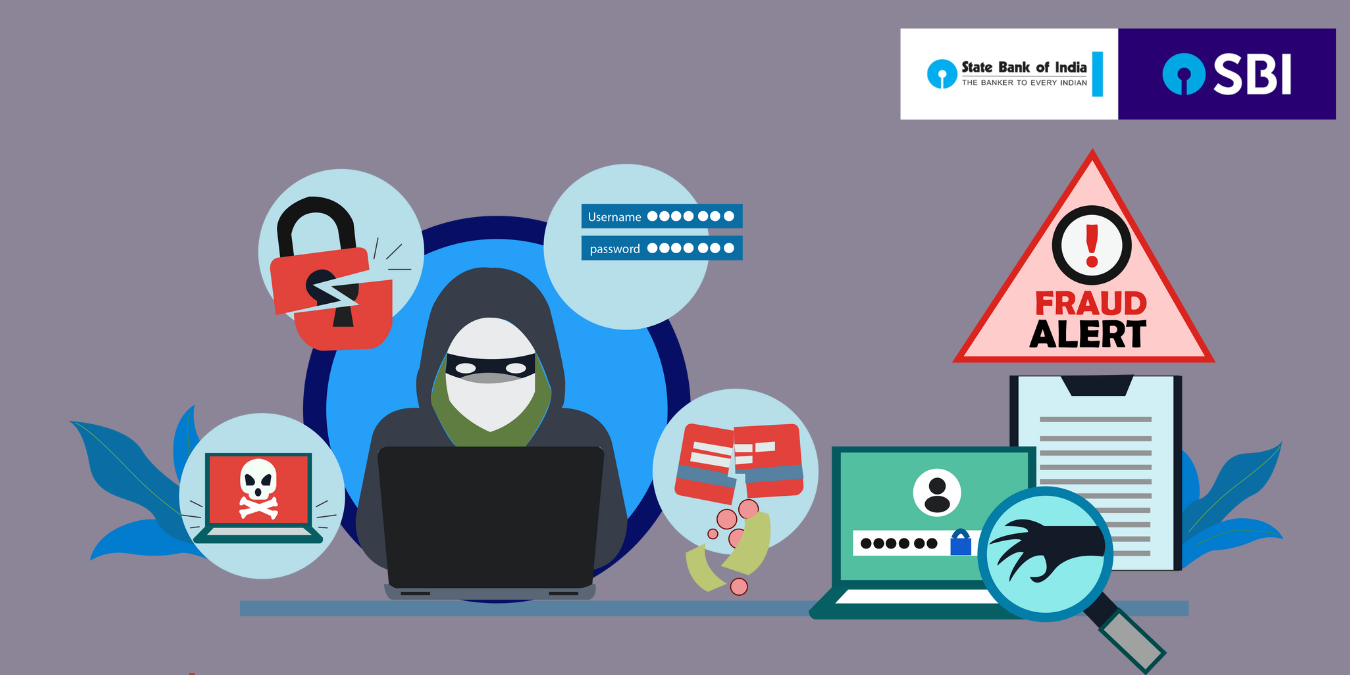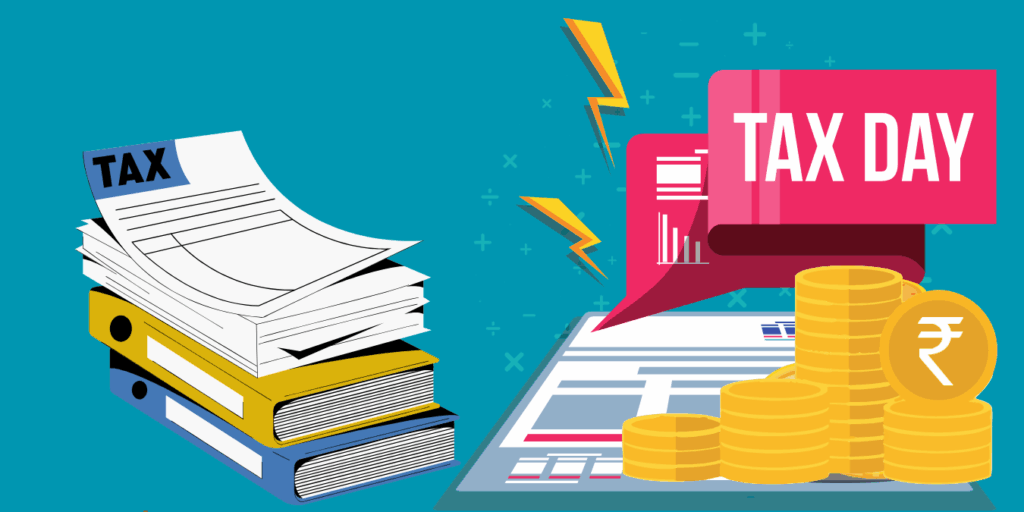
SBI Hits Record Fraud Losses in 2025: How Small-Ticket Banking Frauds Are Skyrocketing and Why SBI Is Most Vulnerable
Small-ticket frauds are quietly draining SBI accounts in 2025—but why is the country’s largest bank the worst-hit? Discover shocking real cases, hidden scams, and smart protection tips that every Indian must know before their next digital transaction. What you don’t know could cost you dearly.
Small-ticket banking frauds are surging across India, with a sharp rise in digital scams targeting everyday customers, while large-value loan frauds continue to drain public sector banks—especially the State Bank of India (SBI), which reported ₹7,663.92 crore in fraud value during FY25, the highest among all public sector banks. Despite a 34% drop in total fraud cases, the monetary loss nearly tripled to ₹36,014 crore, signaling a dangerous shift toward high-impact scams. This alarming trend reflects a dual crisis: a spike in frequent, low-value digital frauds and a persistent vulnerability in loan portfolios, disproportionately affecting public sector institutions.
The Digital Fraud Explosion
Card and internet banking frauds accounted for 56.5% of all fraud cases in FY25, down from a peak of 80.6% in FY24, indicating a partial success in curbing digital scams but also a strategic shift by fraudsters. These small-ticket frauds, though individually low in value, are growing in frequency and sophistication, exploiting India’s rapid digital adoption. The Reserve Bank of India (RBI) reported a nearly eightfold jump in bank-related frauds in the first half of FY 2025/26 compared to the same period last year, with cybercriminals stealing ₹22,842 crore in 2024 alone. Projections suggest losses could exceed ₹1.2 lakh crore in 2025, driven by phishing, SIM swaps, and technical support scams.
A shocking case involved an SBI customer whose personal data was leaked after the Louis Philippe website was hacked. A fraudster, posing as customer care, tricked the victim into installing a malicious app, leading to the unauthorized transfer of ₹94,204.80 via Google Pay and UPI. Despite the customer reporting the fraud within 24 hours, SBI initially refused to refund, blaming the use of a third-party app. The Supreme Court ultimately ruled in favor of the customer, emphasizing that banks must prove customer negligence with evidence and cannot evade liability under RBI’s zero-liability guidelines for timely-reported frauds.
Six-Point Reader Checklist to Prevent Small-Ticket Frauds
Here is a 6-point reader checklist to prevent small-ticket banking frauds, tailored for high impact and easy recall:
- Stay Alert to Phishing Attempts
Never share OTPs, passwords, or banking details over calls, SMS, emails, or WhatsApp—even if the request looks official. Banks never ask for sensitive info this way. - Enable & Monitor Transaction Alerts
Activate instant SMS/email alerts for every digital transaction. Regularly check your messages and immediately report any unauthorized debits. - Use Official Banking Channels Only
Always transact using your bank’s official apps or website. Avoid clicking on links from unknown sources or search engines to prevent falling into fake site traps. - Set Transaction Limits & Locks
Limit daily transaction amounts and use mobile app features to lock/unlock cards or enable spending controls to instantly block suspicious activity. - Keep Your Contact Details Updated
Ensure your registered mobile number and email with the bank are always current to receive critical security communications timely. - Regularly Review & Secure Devices
Update your phone and computer OS, use strong passwords or biometrics, and avoid using public Wi-Fi for banking transactions. Install antivirus and consider VPN for extra security.
This smart checklist combines proactive habits and technological tools to empower customers in beating the increasing small-ticket fraud menace in India.
SBI’s Mounting Fraud Burden
Among public sector banks, SBI stands out as the worst-hit, accounting for nearly 30% of total PSB fraud value in FY25. This includes both digital frauds and legacy loan scams, such as the ₹1,000 crore loan fraud in 2018 involving fake collateral documents and collusion with bank employees. The bank’s sheer size and extensive digital footprint make it a prime target, but internal lapses in monitoring and response have exacerbated the problem.
A critical vulnerability in the YONO SBI app, labeled CVE-2025-45080, further exposed users to man-in-the-middle attacks by allowing unencrypted HTTP traffic. Despite warnings from security researchers in July 2025, SBI had not issued a public patch or statement, leaving millions at risk. This lapse highlights a gap between SBI’s public claims of advanced security and its actual implementation, undermining customer trust.
Real-World SBI Fraud Case Summaries
Here are three engaging real-world SBI fraud case summaries to feature:
- Anil Ambani & Reliance Communications Fraud Case
In June 2025, SBI classified Reliance Communications (RCOM) and its promoter Anil Ambani as frauds for misappropriating loans worth over ₹2,900 crore. After a forensic audit revealed fund diversion, SBI issued show-cause notices, and despite legal challenges by Ambani, the Bombay High Court upheld SBI’s order. The case triggered intensive investigations by the CBI and Enforcement Directorate, underlining the severity of the alleged financial misconduct and signaling tighter scrutiny of large corporate accounts by the bank. - ATM Fraud Compensation Case
A customer who faced multiple unauthorized cash withdrawals from an SBI ATM in Guwahati in 2014 finally won a landmark legal battle in 2025. The Delhi Consumer Forum ordered SBI to refund ₹20,000 with 10% annual interest plus compensation for distress, highlighting the bank’s long-delayed response to small-ticket digital fraud complaints and the importance of consumer rights and vigilance. - ₹12 Crore Gold Loan Scam in Telangana
In August 2025, a routine audit at SBI’s Chennur branch in Telangana uncovered a ₹12 crore gold loan scam involving missing customer gold. The former branch cashier was found to have colluded in fraudulent transactions, and police have registered cases against ten accused. This insider fraud exposed vulnerabilities even within trusted offline banking processes, emphasizing the need for tighter controls and audits.
These cases highlight SBI’s wide exposure to both high-value and small-ticket frauds, underscoring the urgent need for awareness and reforms.
RBI’s Regulatory Response
In response to the rising threat, the RBI launched its Framework for Responsible and Ethical Enablement of Artificial Intelligence (FREE-AI) in August 2025, mandating that banks adopt AI-driven fraud detection systems with transparency, fairness, and accountability. The framework emphasizes seven principles: Trust, People First, Innovation, Fairness, Accountability, Explainability, and Resilience, requiring banks to implement Zero Trust Architecture and continuous monitoring. These measures aim to shift from reactive to proactive fraud prevention, leveraging AI to detect anomalies in real time.
Additionally, the RBI’s 2025 Cybersecurity Mandates push banks toward stronger encryption, operational resilience, and board-level accountability, recognizing that perimeter-based security is no longer sufficient. The TRAI has also proposed measures like a 1600-series call system and digital consent pilots to combat spam and fraud at the telecom level.
Recent October 2025 data Sources and Citations
Here are recent October 2025 data sources and citations that can be included in the article:
- Business Standard report on surge in small-ticket banking frauds with SBI as the worst-hit PSB in FY25, highlighting data on fraud cases and amounts.
- LinkedIn article discussing the rise in frauds at small banks with supporting statistics from FY25.
- Central Bureau of Investigation (CBI) press release/news on recent raids across six states in a transnational cyber fraud probe in early October 2025.
- News report on the cyber fraud racket busted in Surat involving bank accounts used in October 2025.
- Times of India report on an online share market fraud case with bail developments in October 2025.
- Recent statements about fraud trends on social media or expert insights linked to SBI's fraud exposure in October 2025.
- Economic Times article on India’s banking fraud scenario and RBI’s responses in 2025.
- Enforcement Directorate raids coverage on recent major bank fraud cases worth crores in October 2025.
Consumer Protection and Best Practices
The Supreme Court’s landmark ruling in the SBI cyber fraud case reinforces that banks must act swiftly when fraud is reported and cannot shift blame without evidence. Under RBI’s 2017 circular, customers who report unauthorized transactions within three working days are entitled to zero liability, provided they did not share sensitive information like OTPs or MPINs. However, vigilance is crucial: users should avoid public Wi-Fi, update apps promptly, and monitor accounts for suspicious activity.
SBI has introduced security features like SIM Binding in YONO and biometric authentication, but the recent vulnerability shows that technology alone is not enough. Customer education campaigns and real-time fraud alerts are essential to close the human factor gap.
Key Takeaways
- SBI is the worst-hit PSB, with ₹7,663.92 crore in fraud value in FY25.
- Digital frauds dominate in volume, making up 56.5% of cases, but are low in value.
- Loan frauds drive losses, accounting for over 92% of the total ₹36,014 crore fraud value.
- Supreme Court upholds zero liability for customers who report fraud promptly.
- RBI’s FREE-AI framework mandates ethical, explainable AI for fraud detection.
- YONO app vulnerability exposes users to data interception, highlighting security gaps.
- Consumers must stay vigilant and report fraud within 3 days for full protection.
Final Thought
Beneath the surface of everyday banking lies an unseen web of secrets—a silent storm of small-ticket frauds subtly stealing from millions. SBI, a fortress of trust for generations, now faces shadows creeping through its vast digital corridors. Why are these small, seemingly harmless breaches multiplying with such eerie precision? Are the fraudsters mere opportunists, or is this a sign of deeper vulnerabilities hiding in plain sight? As technology sharpens both the sword and the shield, the battle between security and deception intensifies in ways few truly understand. What if the answer to safeguarding your money lies not just in trusting systems, but in unlocking a hidden awareness? The next move belongs to you—will your next transaction be just a routine step, or a doorway to a secret unfolding? The truth is waiting, quietly lurking in the details you often overlook.
Disclaimer: The use of any third-party business logos in this content is for informational purposes only and does not imply endorsement or affiliation. All logos are the property of their respective owners, and their use complies with fair use guidelines. For official information, refer to the respective company’s website.

































